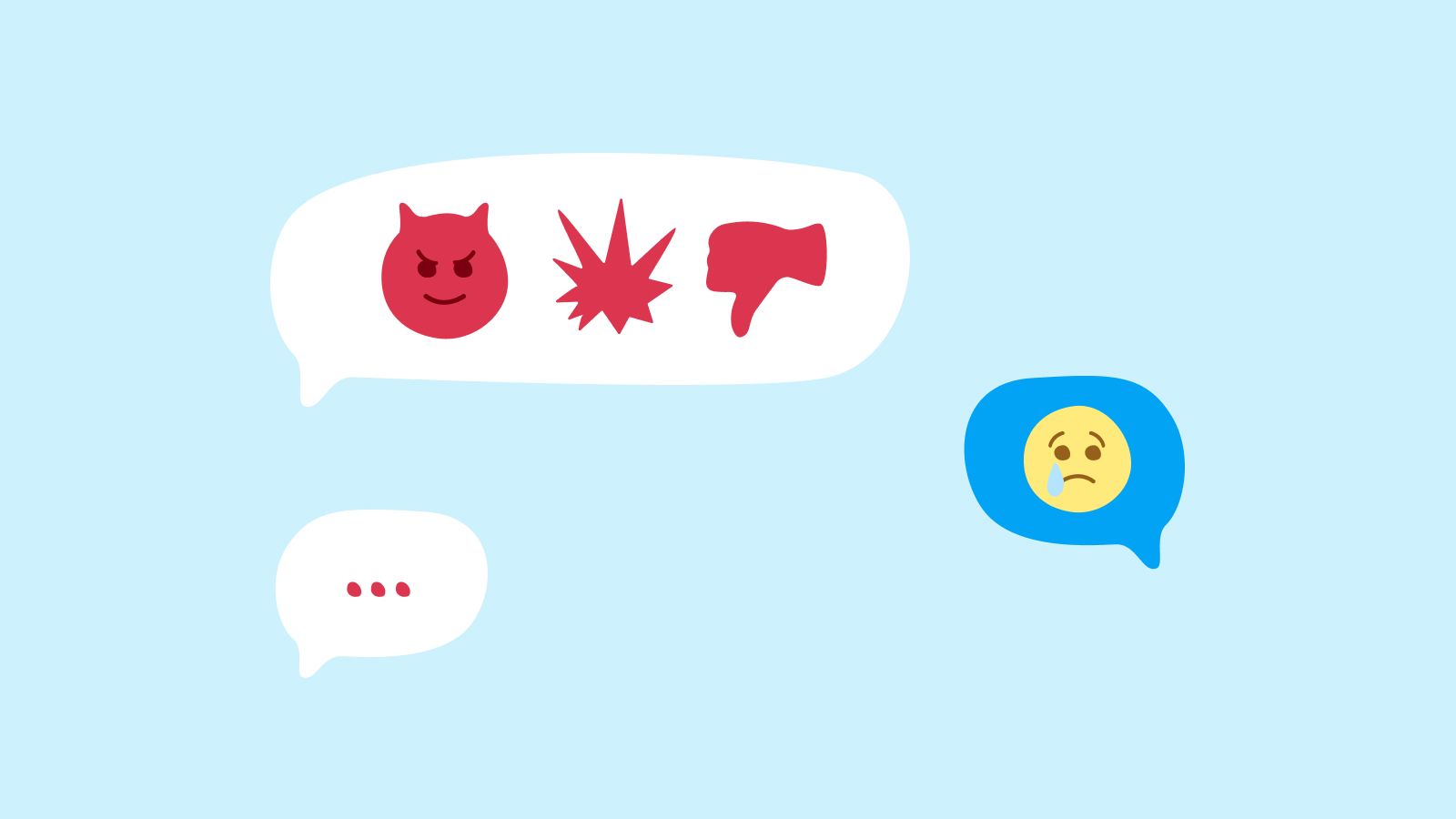Quick facts
- Viral infections can cause temporary lactose intolerance
- Anxiety can cause physical symptoms, including tummy pain and bloating
- Constipation is a common cause of stomach aches in children
‘My tummy hurts,’ is something you may hear quite often as a parent. And it’s very normal – as many as 1 in 4 school-age children experience bouts of abdominal pain. But because there are so many potential triggers for tummy aches, it can be hard to identify the cause.
‘The most important factor is your child’s general appearance; if they look healthy, that’s very reassuring,’ says Livi Paediatric Consultant Dr Tommy Södergren.
‘Get them to move around: if they can move without pain, that’s also a very calming sign. Try asking if they want their favourite food, if they say ‘”yes” it’s unlikely there’s anything seriously wrong.’
Here are some common causes of stomach pain in children, and what you can do to help.
Constipation
Constipation in children often leads to stomach aches, particularly when toddlers are being potty-trained.
Clues include:
- Poo that’s large and hard, or looks like little pellets or rabbit droppings
- Not having done at least 3 poos in the past week
- Straining to poo
- Bleeding during or after a poo
- Stomach pain easing after a poo
- Soiled underwear; caused by diarrhoea leaking around the hard, constipated poo
Dr Södergren advises: ‘Encourage them to go to the toilet if they can.’ Offer prunes and high-fibre snacks, or ask a doctor about a suitable laxative.
To prevent problems, make sure they’re getting plenty of fluids and increase their intake of high-fibre fruit, vegetables and pulses.
Make sure your child can rest their feet on the floor or a step when they’re using the toilet or potty – and make it a fun, relaxed time. If they’re anxious about using the toilet away from home, encourage them to go after eating breakfast, and following an after-school snack.
See a doctor if it persists.
A build-up of gas
Cramps, and waves of intense abdominal pain can be caused by a build-up of gas. This is common in infants, but can happen throughout childhood too.
Dr Södergren says he’s seen parents take their child to an emergency department — only to find the pain has disappeared because the movement of the car journey has broken up the large bubbles of gas that caused it.
Encourage your child to walk, or push them in a buggy along bumpy terrain – this will have the same effect.
Gas can build up because a child’s digestive tract is still maturing and is sensitive to upsets. If it happens a lot, keep a food diary to see if particular foods trigger pain in your child. For example, a build-up of gas and flatulence could indicate lactose or gluten intolerance.
Emotional upsets
Although emotional upsets can trigger tummy ache, it doesn’t mean the pain is imaginary. Something can feel ‘gut-wrenching’ or prompt ‘butterflies’ in our stomach because of complex chemical and neural signals going back and forth between our brains and our bellies. ‘The stomach is the window to the soul,’ says Dr Södergren.
Anxiety, stress and other emotional challenges can cause pain, bloating, constipation, diarrhoea and other physical symptoms. Other clues are poor concentration, sleep problems, irritability and being clingy or fidgety.
The first step is always to talk to your child, and speak to their teacher or childminder to check whether there are any problems away from home.
Viral infections
Viral infections are easier to spot as they’re usually accompanied by diarrhoea and/or vomiting. Pain tends to be generalised over a large area, and the gut often makes gurgling sounds.
Rest and rehydration are generally all that’s needed, and Dr Södergren says parents shouldn’t worry if children don’t eat for a day or two. ‘These infections can cause temporary lactose intolerance, so it’s a good idea to give up milk for a couple of days,’ he adds.
Encourage children to put the toilet seat down when flushing, to minimise aerosol transmission of the virus. And be vigilant with hand washing.
Urinary tract infections (UTIs)
UTIs can cause abdominal pain, and in infancy are equally common in boys and girls. This is because the distance between the urethra (the urinary tract opening) and the rectum (the source of bacteria which cause infections) is still short.
Dr Södergren says if your child complains of stinging when they pee, and pee more frequently, then they probably have a UTI. Children with UTIs may also have a temperature, wet themselves, or try to hold their pee.
Most infections clear within 48 hours but if symptoms persist, see a GP. Teach your child to wipe their bottom away from their genitals to reduce the risk.
When to see a GP
Dr Södergren stresses that most abdominal pain is not serious, and advises, ‘If the pain is not severe, and there are no other symptoms, call your doctor in a couple of days if it doesn’t get any better — but call straight away if it gets worse.’
You can add your child to the Livi app under your account, so if you need to see a GP for your child’s tummy problems, you can do so by video the same day.
Red flag symptoms you should not ignore
There are some symptoms you really shouldn’t ignore — get emergency medical help if your child develops any of the following:
- Extreme pain that doesn’t ease with paracetamol or ibuprofen
- Your child becomes pale and floppy
- Cold hands and feet
- Drowsiness, difficult to wake
- Testicular pain
3 causes of stomach pain in children that need urgent care
1. Appendicitis This is the medical emergency parents often associate with extreme abdominal pain. It’s caused by inflammation of the appendix, which is a pouch, between 5cm and 10cm long, that hangs from the large intestine.
The first sign is usually intermittent pain in the middle of the abdomen, which quickly moves to the lower right-hand side and becomes constant and very severe.
‘Walking, coughing or pressing the area will make the pain worse,’ Dr Södergren says. Other symptoms include nausea, fever and a change in bowel movements. It needs urgent medical treatment.
2. Testicular torsion This occurs when a testicle becomes twisted inside the scrotum, cutting off the blood supply. It is most common in teenage boys, but can occur in younger ones. The pain is intense and generally felt in the groin. It requires emergency surgery.
3. Poisoning Depending on the toxin ingested, poisoning will present in different ways.
Potential poisons found around the home include household cleaners, medicines, pesticides, some plants and fungi, alcohol and recreational drugs. Faulty boilers can also release toxic carbon monoxide.
Apart from stomach pain, other warning signs include:
- Vomiting
- Confusion
- Drowsiness
- Fainting fits
If you suspect poisoning, don’t try to treat your child yourself. Get urgent medical advice.
This article has been medically approved by Dr Tommy Södergren, Paediatric Consultant at Livi


